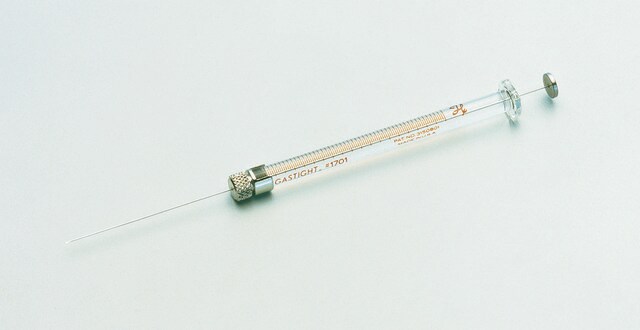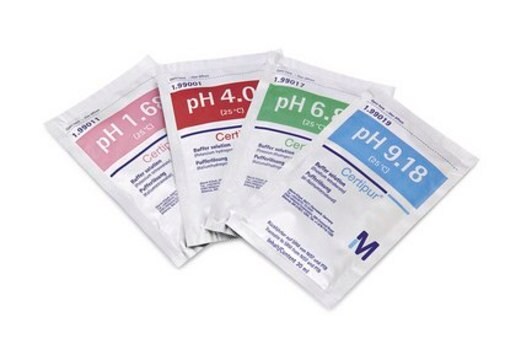ABN1723
Anti-RTN3 (R458)
from rabbit
Sinônimo(s):
Reticulon-3, HAP, Homolog of ASY protein, Neuroendocrine-specific protein-like 2, Neuroendocrine-specific protein-like II, NSP-like protein 2, NSP-like protein II, NSPLII
About This Item
Produtos recomendados
fonte biológica
rabbit
Nível de qualidade
forma do anticorpo
unpurified
tipo de produto de anticorpo
primary antibodies
clone
polyclonal
reatividade de espécies
mouse, human
reatividade da espécie (prevista por homologia)
rat (based on 100% sequence homology), chimpanzee (based on 100% sequence homology)
técnica(s)
immunofluorescence: suitable
immunohistochemistry: suitable
immunoprecipitation (IP): suitable
western blot: suitable
nº de adesão NCBI
nº de adesão UniProt
Condições de expedição
dry ice
modificação pós-traducional do alvo
unmodified
Informações sobre genes
human ... RTN3(10313)
Descrição geral
Especificidade
Imunogênio
Aplicação
Immunohistochemistry Analysis: A 1:2,000 dilution from a representative lot immunostained dystrophic neurites in Alzheimer′s diseased (AD) human frozen brain tissue sections (Courtesy of Wanxia He, The Cleveland Clinic Foundation, U.S.A.).
Western Blotting Analysis: A 1:2,000 dilution from a representative lot detected RTN3 isoforms in 50 µg of brain tissue lysate from a wild-type, but not RTN3-knockout, mouse (Courtesy of Wanxia He, The Cleveland Clinic Foundation, U.S.A.).
Immunofluorescence Analysis: A representative lot detected RTN3 immunoreactivity partially co-localized with that of BACE1 in mouse brain tissue sections (He, W., et al. (2004). Nat. Med.10(9):959-965).
Immunohistochemistry Analysis: A representative lot detected RTN3 immunoreactivity enriched in grey matter neuronal cell bodies of human brain tissue sections (He, W., et al. (2004). Nat. Med.10(9):959-965).
Immunoprecipitation Analysis: A representative lot co-immunoprecipitated BACE1 with RTN3 from HEK293 and human frontal cortex membrane extracts (He, W., et al. (2004). Nat. Med.10(9):959-965).
Western Blotting Analysis: A representative lot detected RTN3 isoforms expression in multiple mouse tissues, including broadly expressed ~25 kDa RTN3-A1 (UniProt Q9ES97-3), ~100 kDa fat tissue-specific RTN3-AL (UniProt Q9ES97-1), ~95 kDa brain-specific RTN3-B, and ~27 kDa RTN3-A2 (UniProt Q9ES97-4) in spinal cord. RTN3 target bands were not detected in tissue samples from RTN3-knockout mice (Shi, Q., et al. (2014). J. Neurosci. 34(42):13954-13962; He, W., et al. (2004). Nat. Med.10(9):959-965).
Western Blotting Analysis: A representative lot detected RTN3 isoform 3 (UniProt O95197-3) wild-type and mutant constructs expression. Membrane integration was affected by L71K/L72K mutation or deletion of N-terminal 97 a.a., while truncation of the first 61 a.a. did not affect embrane integration. Western blotting analysis of protease K-digested HEK293 microsomal preparation indicated a cytoplasmic orientation of the C-terminal end (He, W., et al. (2007). J. Biol. Chem. 282(40):29144-29151).
Western Blotting Analysis: A representative lot detected RTN3 in BACE1 immunoprecipitate from HEK293 membrane extract. A bimodal distribution showing RTN3 enrichment in subcellular fractions containing Golgi proteins and those containing ER markers was seen (He, W., et al. (2004). Nat. Med.10(9):959-965).
Western Blotting Analysis: A representative lot detected RNAi-mediated RTN3-knockdown in Swedish mutant APP-expressing 125.3 cells (He, W., et al. (2004). Nat. Med.10(9):959-965).
Neuroscience
Qualidade
Western Blotting Analysis: A 1:500 dilution of this antibody detected RTN3 isoforms in 50 µg of brain tissue lysate from a wild-type, but not RTN3-knockout, mouse.
Descrição-alvo
forma física
Armazenamento e estabilidade
Handling Recommendations: Upon receipt and prior to removing the cap, centrifuge the vial and gently mix the solution. Aliquot into microcentrifuge tubes and store at -20°C. Avoid repeated freeze/thaw cycles, which may damage IgG and affect product performance.
Outras notas
Exoneração de responsabilidade
Não está encontrando o produto certo?
Experimente o nosso Ferramenta de seleção de produtos.
Código de classe de armazenamento
12 - Non Combustible Liquids
Classe de risco de água (WGK)
WGK 1
Ponto de fulgor (°F)
Not applicable
Ponto de fulgor (°C)
Not applicable
Certificados de análise (COA)
Busque Certificados de análise (COA) digitando o Número do Lote do produto. Os números de lote e remessa podem ser encontrados no rótulo de um produto após a palavra “Lot” ou “Batch”.
Já possui este produto?
Encontre a documentação dos produtos que você adquiriu recentemente na biblioteca de documentos.
Nossa equipe de cientistas tem experiência em todas as áreas de pesquisa, incluindo Life Sciences, ciência de materiais, síntese química, cromatografia, química analítica e muitas outras.
Entre em contato com a assistência técnica






